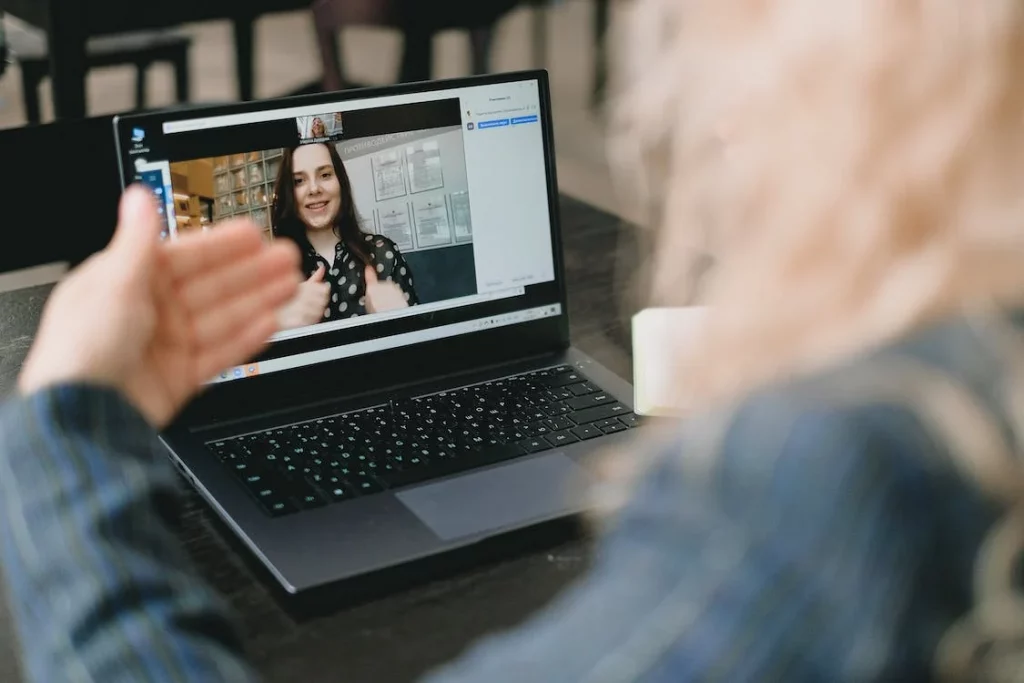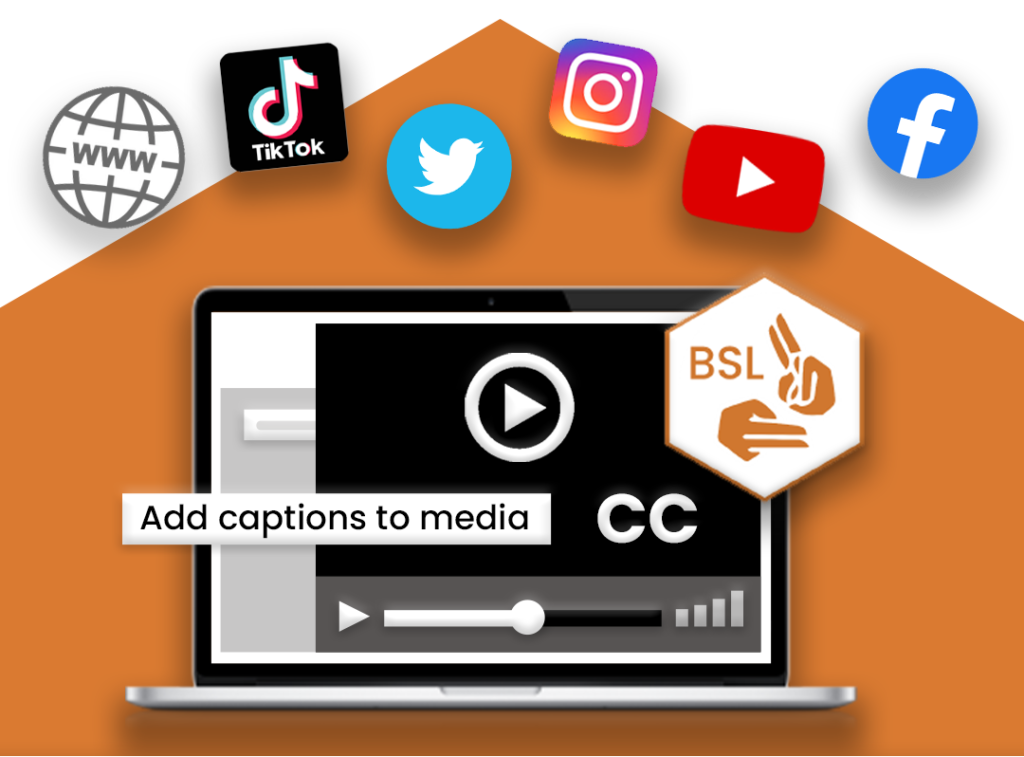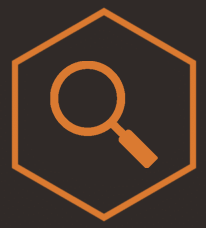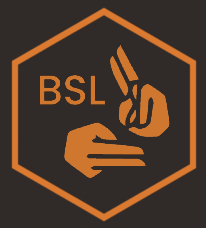Technology is an important aspect that plays a vital role in building inclusive online communities.
In the UK alone there are:
- 10-11 million people who are Deaf are hard of hearing, that’s one-in-six of us.
- One-in-eight affected by tinnitus.
- 150,000 British Sign Language (BSL) users.
If online platforms aren’t accessible, that whole community is disconnected from the digital world, missing out on vital information and services that they have a fundamental human right to.

The need to build inclusive online communities
It’s hard to believe that in this modern age access to accessible information isn’t available, however sadly, online barriers that those with disabilities face is something our team come across frequently.
Awareness days provides the perfect opportunity to raise awareness and start a discussion on how organisations can embrace accessibility in all settings and become an a11y within local communities.
How to implement accessible media for Deaf and those who are hard of hearing
On virtually every platform you come across nowadays, whether on websites or social media channels, you are most likely to find a video or podcast. More often than not, these tend not to be accessible for the Deaf or hard of hearing. Here are a few tips on how you can ensure that your online media is accessible:

Add subtitles and captions on your videos

Subtitles don’t only benefit those in the Deaf community, they benefit those who work in noisy or very quiet environments, or those who understand written English better than spoken English. But above all, captions help Deaf and hard of hearing people to understand video and audio content.
With technology and software advancements this is now easier than ever to achieve. Software such as Adobe Premiere Pro, or (even easier to use) YouTube, can now automatically create subtitles for your videos.
The RNID has created guides on how to use video captions and subtitles on social media.

Check that your captions are accurate
It’s always amazing when people make the effort to add captions to their video content. The next stage is to double check that auto-generated captions are accurate!
As brilliant as automated captions can be, they can sometimes not understand all spoken words, leading to them becoming incorrect, incomprehensible, or incomplete. Always give them the once over and edit captions where necessary.

Provide a transcript to your media files
Providing descriptive transcripts is another way for online users to follow along and consume content. Transcripts can help Deaf and visually impaired people.
If you do add a transcript, make sure to still keep captions on your media.
The World Wide Web Consortium (W3C) has a useful guide on how to create transcripts for online media.

Make sure that your media players can be controlled by the user
Quite often, websites have media features that automatically play on a page and some don’t offer the functionality for the user to stop this content. This can cause a lot of confusion or discomfort for a user and may prevent them from returning to your website.
Always ensure that your media files can be controlled, including the options to pause, stop, and adjust the volume of audio.
Also, turn off auto-playing features, such as background sounds or videos.

Use high-quality audio with minimal background noise
Clear and high quality audio will make it easier for those who are hard of hearing to understand more easily. It’s important to always record videos or audio in a setting with low background noise.
As an added advantage, by doing this, it will also help your auto-generated captions in being more accurate.

Translate your videos into British Sign Language (BSL)
What better way for BSL users to understand your content better, use a translation service.
Communicating your organisation’s services or online information to the Deaf community is not as simple as writing content and thinking that Deaf users, who communicate in British Sign Language, will be able to read it.
Whether it’s a site-wide translation, a single page of information, an emergency notification, or video content, translate it into BSL.
Creating accessible content for Deaf people and those with hearing impairments

British Sign Language (BSL) is a different language and has its own grammatical structure, so it’s crucial to make written content clear and simple to understand.
To do so:
- Write in plain English, using simple language.
- Avoid using slang or confusing jargon.
- Don’t use acronyms, say the whole meaning.
- Don’t write in long sentences or paragraphs.
- Use bulleted lists.
- Write in an active voice, rather than in a passive voice.
- Use consistent language throughout content.
- Use clear headings and subheadings.
- Break content up with videos, imagery, and icons.
- Create a simplistic and uncluttered design to not overwhelm the user.
Use accessible, Deaf-friendly, contact methods on your websites

Deaf and hard of hearing visitors may have difficulty communicating over the phone. Always ensure to include an alternative contact method, such as providing an email address.
There’s some great free BSL translation services which allow Deaf users to contact you via a BSL interpreter. Find out more about SignLive services.
Does your organisation need Deaf Awareness Training?
Organisations need to understand the best way to communicate with Deaf people and understand the common barriers they face.
We offer Deaf Awareness Training that takes your organisation through an interactive and informative workshop on how all employees, from customer services staff members, to top-level directors can become Deaf aware.
